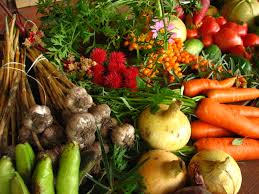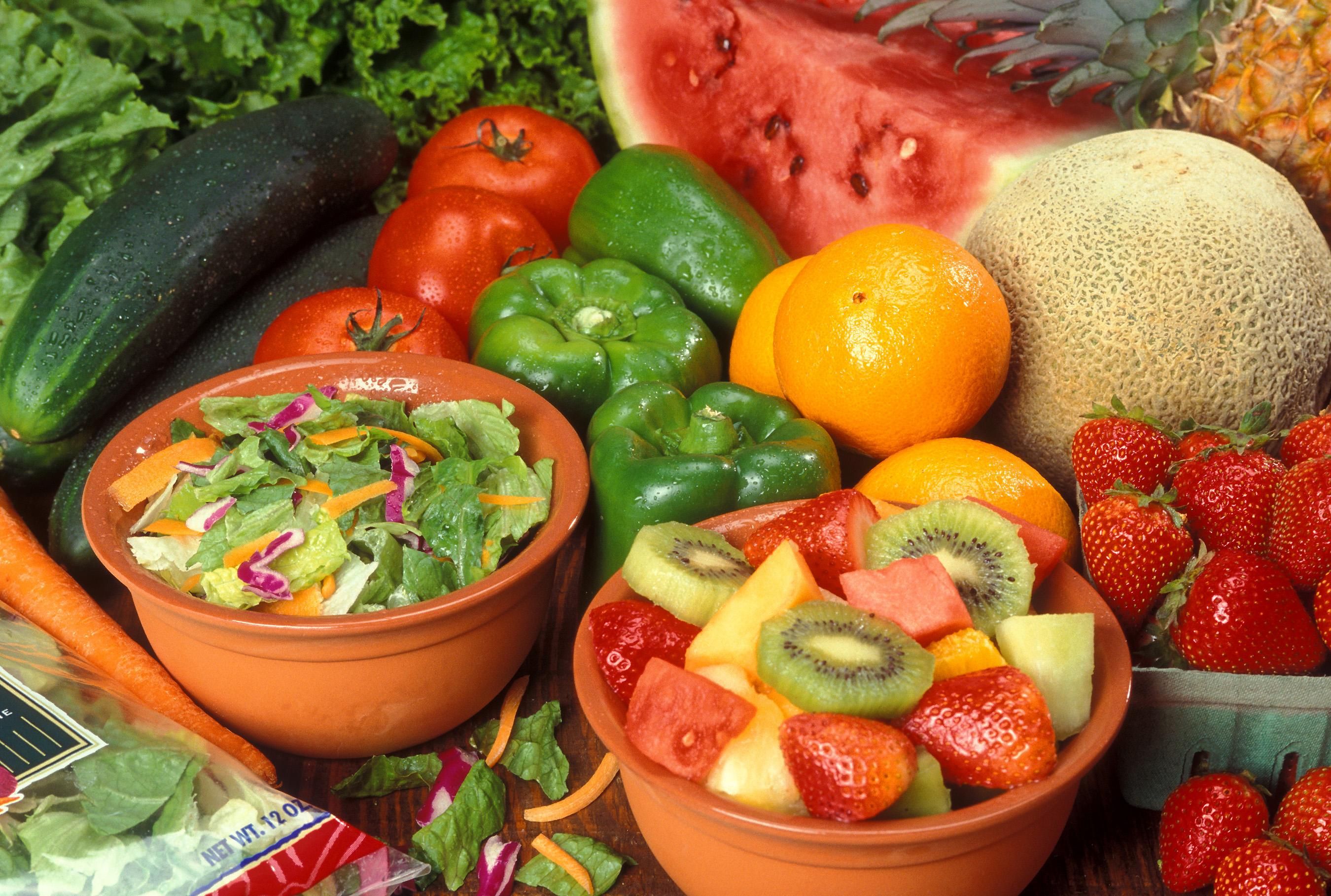How to Properly Store Produce

At this time of year, my refrigerator is bursting with fresh produce. I tend to place most of my produce in the refrigerator's produce drawer. Unfortunately, I also tend to let things go bad in there. In fact, each time I go to the grocery store, I find myself throwing away all of the bad produce to make room for the new produce. Apparently, I'm not the only one with this problem. According to a study done at the University of Arizona in 2002, the average American family wastes 470 pounds of food per year! Included in this estimate is over half a pound of fresh produce each day. Wouldn't it be great if we could keep things fresh longer and had less waste? You might be able to get more out of your fresh produce if you start storing it properly.
The first tip to remember is that it is best NOT to store fruits and vegetables together. The reason for this is that many fruits give off ethylene gas. Ethylene gas is a ripening agent that speeds up the decay process. If you store these fruits with vegetables, the gas will speed up the decay process of the vegetables too. Some fruits with the highest amounts of ethylene gas are apples, apricots, kiwi, nectarines, peaches, pears, and plums.

The second tip is that produce, especially vegetables, need to breathe. If you store your produce in a plastic bag in the refrigerator, poke tiny holes in the bag to let the air in. Also, don't pack your produce together too tightly in the produce drawer. Perhaps, even rotate things in the drawer every day or two. This will also help you remember what is in there!
Thirdly, some produce can lose its flavor and texture when stored in the refrigerator. It is best to store “cold-sensitive” produce in a paper bag in a cool pantry. Onions, potatoes, winter squash, and garlic are examples of cold-sensitive produce. And... you'll have more room in your produce drawer if you store these things elsewhere.

My final tip is to wait to wash your produce until you are ready to eat it. Damp produce, especially damp produce placed in the refrigerator, will be more likely to grow bacteria and then rot more quickly. It is also recommended to keep your produce whole until you are ready to eat it. As soon as you start cutting or breaking the skins of your produce, microorganisms will start to grow.

If you want specifics on how to store certain kinds of fruits and veggies, check out this nifty chart at https://www.buzzfeed.com/christinebyrne/how-to-store-your-groceries?utm_term=5htnr6&sub=3460746_3915058#.iuqxgJ2l2G .
- Photo courtesy of Vegan Liftz
- www.vegetariantimes.com
- www.engineeringtoolbox.com
- www.washingtonpost.com
- www.thekitchn.com
- www.buzzfeed.com
 Cristina Duke
Cristina Duke
Monthly Newsletter Contributor since 2014
Email the author! cristina@dvo.com
